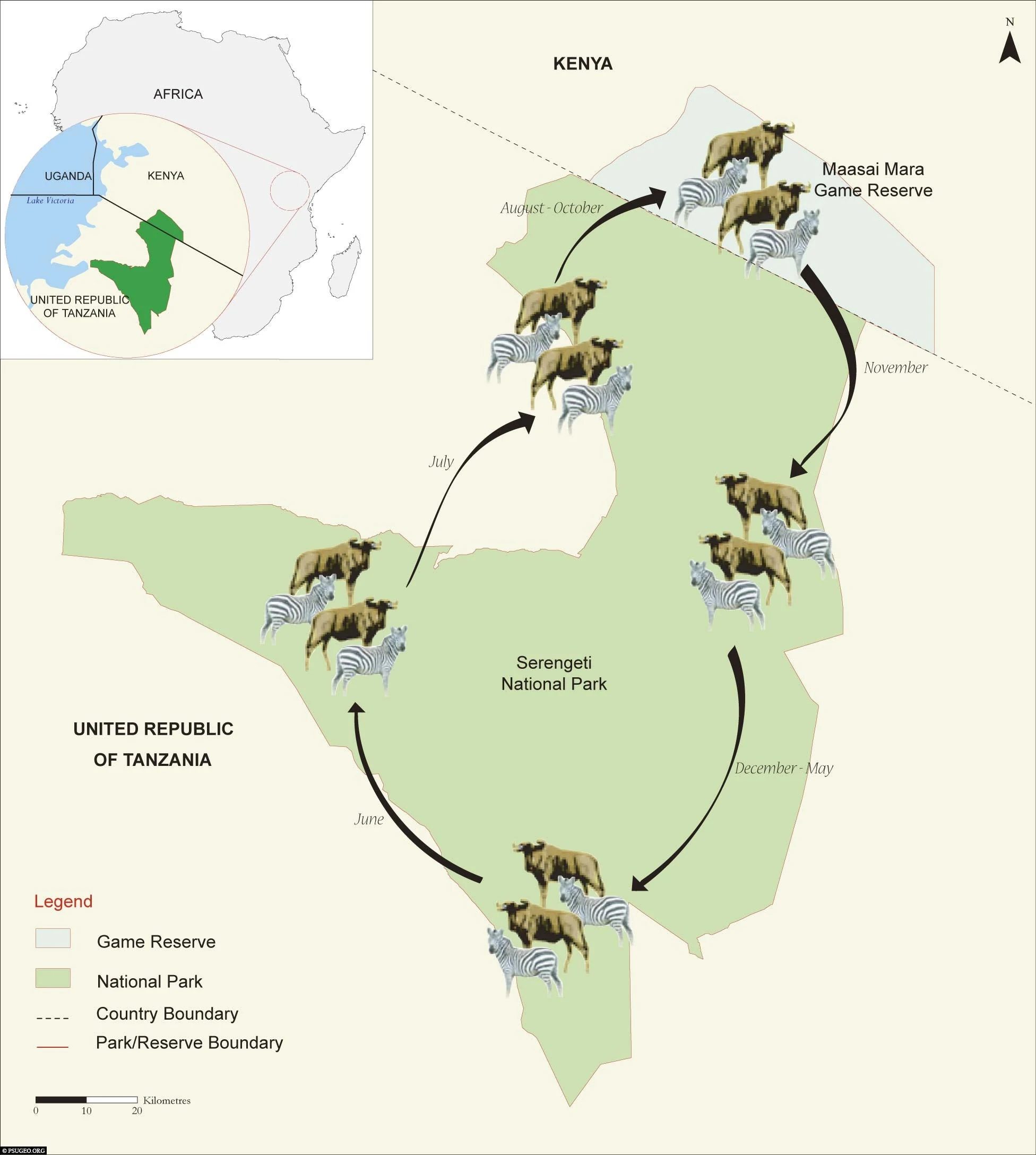Lake Manyara National Park is a stunning wildlife reserve in northern Tanzania. It features Lake Manyara, known for its fluctuating water levels and home to many flamingos and other waterfowl. The park is also home to a variety of wildlife like elephants, giraffes, and tree-climbing lions. Bird enthusiasts will be delighted with opportunities for birdwatching near the lake and the forest areas.
The park features diverse landscapes including acacia woodlands, grassy plains, and the Great Rift Valley’s western escarpment. Visitors can engage in cultural tours to Mto wa Mbu village for an authentic local life experience. The park is easily accessible by road from Arusha and is often included in safari itineraries.
Manyara National Park, located in Tanzania, experiences a climate typical of East Africa, characterized by distinct wet and dry seasons. Here’s an overview of the climate and weather patterns in Manyara National Park.
Long Rains (March to May): Manyara National Park experiences its primary wet season during these months. Rainfall can be heavy, leading to lush vegetation and green landscapes. Some areas may become challenging to navigate due to muddy conditions.
Short Rains (November to December): The park also receives shorter rains towards the end of the year. While less intense than the long rains, these showers contribute to the overall greenery in the park.
The dry season is considered the best time for wildlife viewing as animals gather around water sources, making them easier to spot. This includes elephants, giraffes, zebras, and the famous tree-climbing lions.
The dry season, particularly from June to October, is generally considered the best time to visit Manyara National Park for optimal wildlife viewing and favorable weather conditions.
While the general climate pattern is consistent, weather conditions can vary. It’s advisable to check current weather forecasts and conditions when planning a visit.

